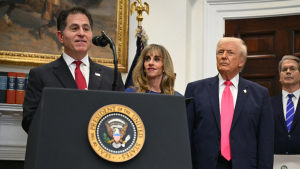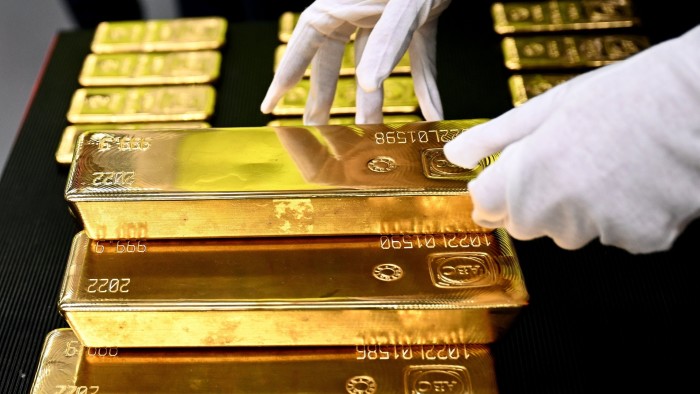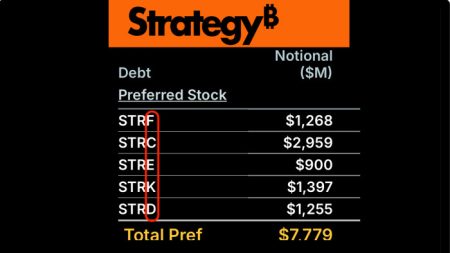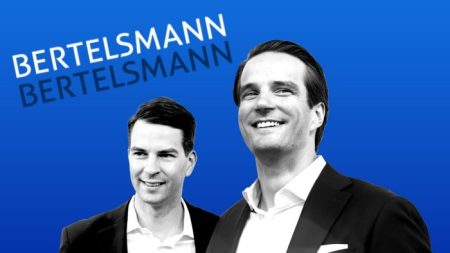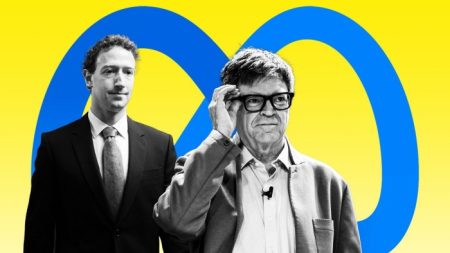Unlock the Editor’s Digest for free
Roula Khalaf, Editor of the FT, selects her favourite stories in this weekly newsletter.
Gold prices punched through $3,800 per troy ounce on Monday morning, ahead of a looming potential US government shutdown that rattled markets and sent the greenback lower.
Bullion has been on a blistering rally, up 45 per cent this year, fuelled by concerns over government debt levels and inflation and by questions over the status of the US dollar as a reserve asset.
A major driver of the recent surge is western investors piling into gold-backed exchange traded funds, according to analysts and market participants.
“The fact that ETF demand has re-entered the scene so forcefully means that there are two forms of ‘aggressor’ bids for gold, from central banks and ETF investors,” wrote Deutsche Bank analysts in a note to clients.
Inflows into gold ETFs have been positive for the past four consecutive weeks, bringing total ETF holdings of gold close to their pandemic-era record highs in tonnage terms. September inflows are approaching 100 tonnes, the fastest monthly rate since April, according to the World Gold Council, the gold miners’ industry group.
The prospect of a US government shutdown has further bolstered the price of bullion, which is seen as a hedge against the dollar and the growing uncertainty in the US political system.
US President Donald Trump will meet lawmakers on Monday in an effort to break the deadlock. Federal funding will expire on Tuesday if no agreement on short-term funding is reached.
Central banks have increased their gold holdings this year, as bullion is seen as an attractive counterbalance to the world’s main reserve currency, the US dollar.
Growing investor appetite for bullion has also been apparent in positioning among speculative investors such as hedge funds, which have record long holdings of $73bn, according to the most recent data from the Commodity Futures Trading Commission.
“They are not pulling back on these positions, because recent policy speeches and inflation all point to lower rates and sustained inflation,” said Michael Haigh, head of commodities research at Société Générale.
John Reade, senior market strategist at the World Gold Council, said that fear of missing out, or “Fomo”, was starting to kick into the market, with hedge funds that had previously missed the move in gold prices now trying to get in.
He noted that the biggest ETF increase had been in the larger, more liquid ETFs that have higher fees — which are typically favoured by institutional rather than retail investors.
Read the full article here
